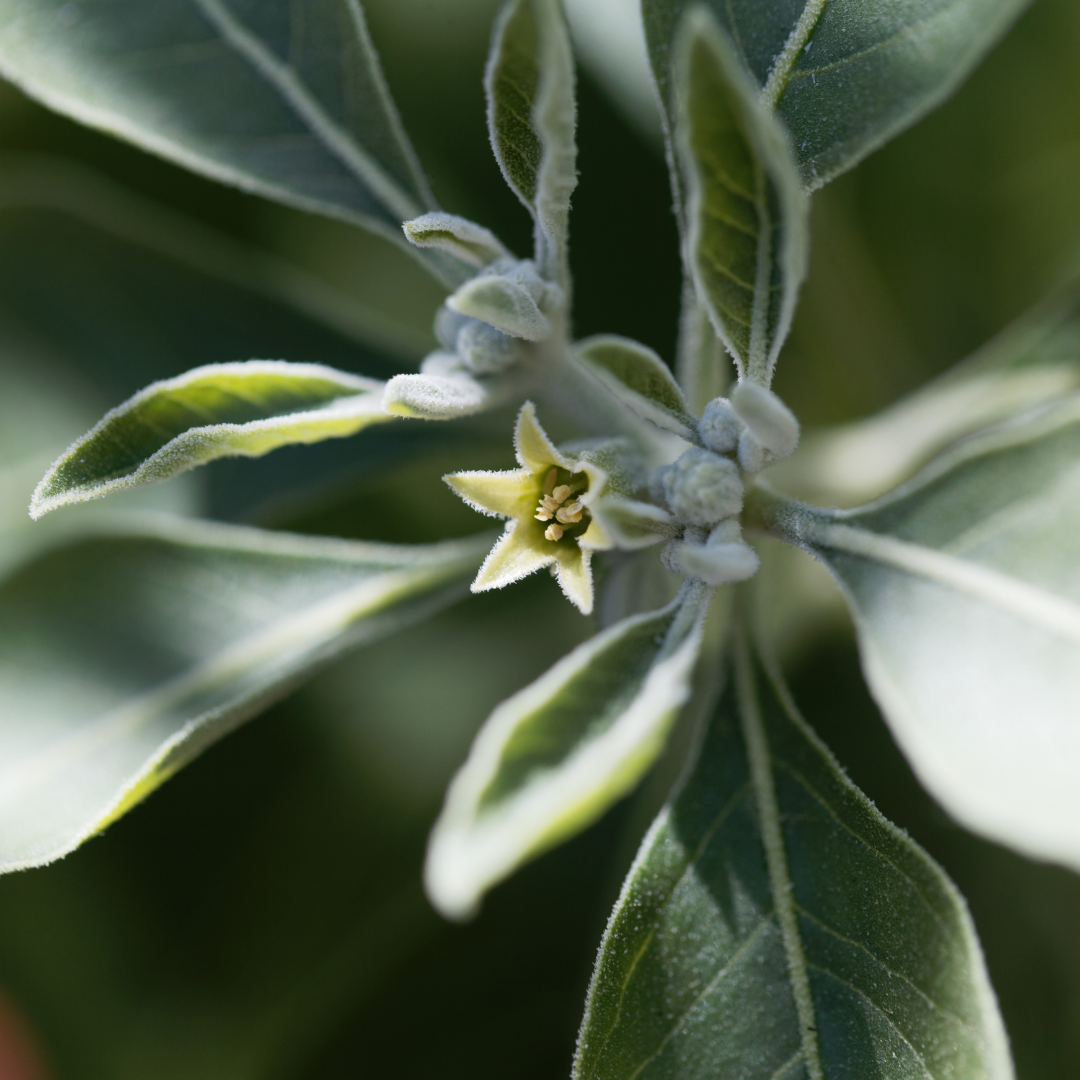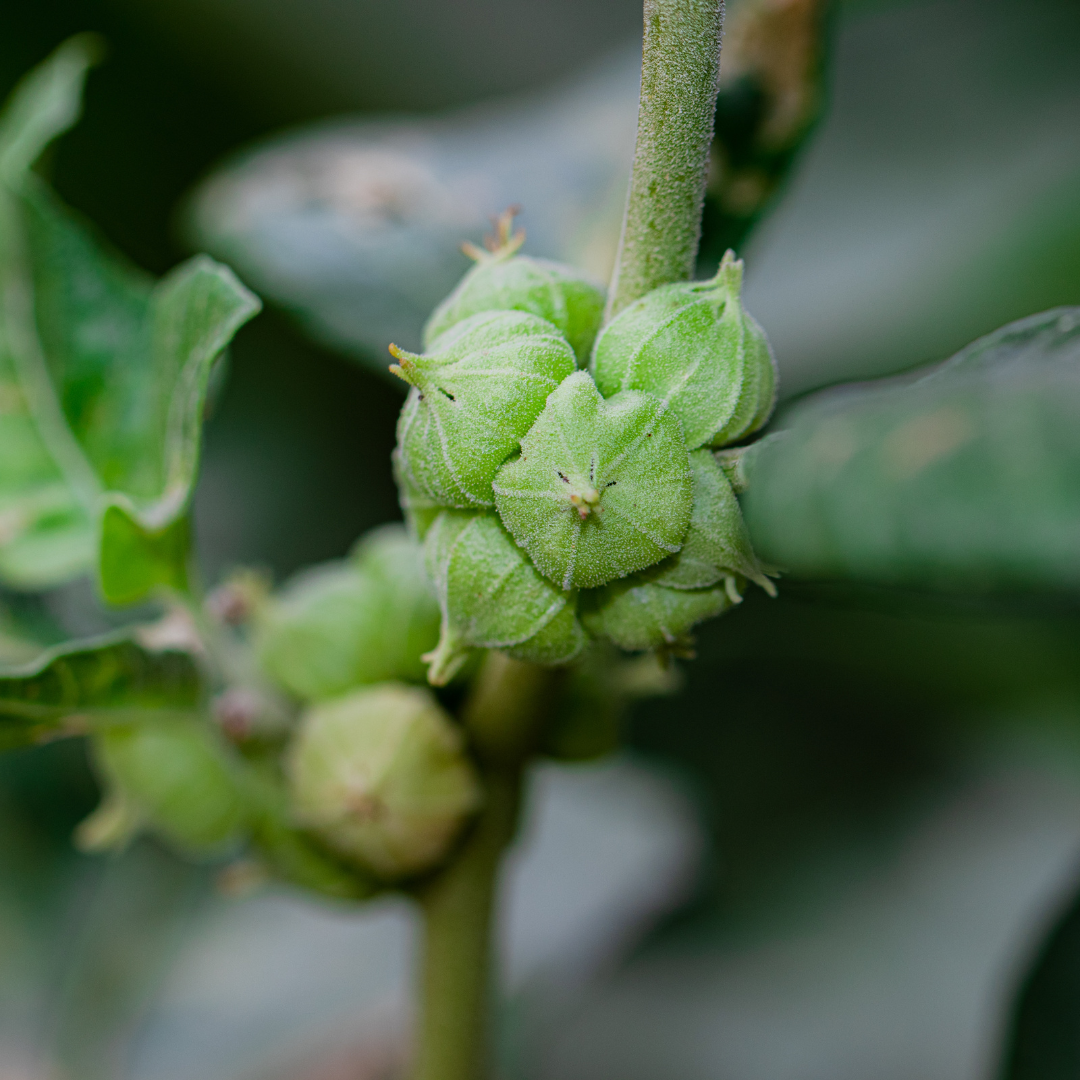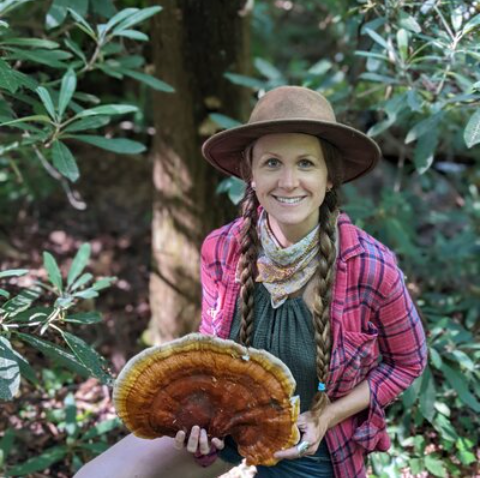This gardening season, try growing an herb known to lessen stress and anxiety: Ashwagandha. It’s gained popularity over the past few years for its health benefits. What many gardeners don’t know is that this medicinal herb is fun and somewhat easy to grow.
Winter offers us a chance to slow down a bit and perhaps pick up that book we’ve been meaning to read for months. It’s a time for making soups and sitting by the fire with hot tea or a cup of coffee. Winter is also the perfect time to think about our garden and make plans for the coming year.
For folks who love to grow food and herbs each year, I recommend keeping a garden journal. Keeping a record of not only what we grow and new plants we add to the garden but also what went well and what problems occurred helps us improve our gardens year after year. I love the idea of my future grandchildren reading my garden journals long after I’m gone and imagining the beautiful gardens Grandma tended.
(If you enjoy taking photographs, the Almanac offers a Garden Journal that you can also keep on your phone.)
What is Ashwagandha?
What a mouthful! If you are not familiar with this herb, it’s pronounced, “aash·wuh·GAAN·duh.” Common names are “Winter cherry” and “Indian ginseng” or its Latin name, Withania somnifera.
Ashwagandha is a small herbal shrub and has been used in Eastern medicine (Ayurveda) for thousands of years; its roots and berries are used for their medical properties. If you don’t grow this herb in the garden, you will often find ashwagandha in powder, gummy, tincture, capsule, tablet, or tea form.

Ashwagandha’s Health Benefits
Specifically, ashwagandha is an adaptogenic herb, which means it can help the body adapt to stressors unique to each person’s body.
Specifically, David Winston states in his book, “Adaptogens, Herbs for Strength, Stamina, and Stress Relief,” that ashwagandha is a calming adaptogen. This is somewhat rare, as many adaptogens are stimulating.
The plant’s effects as an anti-inflammatory, antioxidant herb have many interrelated health benefits, helping to:
- Promote relaxation, reduce stress and anxiety, and alleviate insomnia.
- Strengthen weak and depleted people. Folks with anemia and fibromyalgia are perfect candidates for ashwagandha.
- Counteract fatigue. It’s often used for those who have fatigue from chemotherapy.
- Support the immune system, especially those experiencing autoimmune diseases that affect the musculoskeletal system.
- Improve muscle tone and strength; ashwagandha is used for athletic performance.
- Aid sexual libido in women and men, even increasing male fertility in terms of sperm count, quality, and mobility.
- Sharpen focus, memory, attention spans, and cognitive speed and function.
- Support women experiencing perimenopause symptoms of stress-induced weight gain, brain fog, and muscle pain.
Some lab studies show that ashwagandha can slow the growth of cancer cells, but this effect has not been observed in humans.
Meet the Ashwagandha Plant
Ashwagandha is a small shrub in the nightshade family that is usually short and plump with velvet leaves. It has small bell flowers that contain orange-red berries, similar in appearance to tomatoes or tomatillos. The leaves have smooth edges, are shaped like teardrops, and are in an alternate arrangement. In my experience, this plant can grow up to 4 feet tall.



When the berries ripen, the pod becomes paperlike, almost looking like small lanterns. Ashwagandha (aka Indian ginseng) is an annual native to tropical climates, but you can grow this beautiful plant quite well in more temperate climates, harvesting its roots in the late fall. Unless you live where this plant grows wild, in India, the Middle East, or Africa, you will not find it while foraging. This is a plant you would purposely plant in your garden.

Growing Ashwagandha
I like to start my seeds in mid-March (we are in Zone 6), and by the time we get past our frost date in late May to early June, I transplant into the garden beds. It takes about 180 days for the plant to reach maturity from seed. I have found the germination rate is excellent, especially when using a heat mat under my seed starting trays.
Since you are planting ashwagandha for its root medicine, I recommend transplanting to a deep bed where the roots can really thrive. Since it naturally comes from dry, arid environments, it doesn’t like to be overwatered. The plant can thrive in poor, rocky soil in its native environment; but because it has only one season to grow roots for those of us in more temperate climates, I make sure the plant has a deep bed. You also want to make sure it is receiving full sun.
I’ve noticed every year that small beetles eat the leaves, leaving tiny holes. Each year, I do my best to squash the little flea beetles manually, and in the end, they eventually leave or perhaps die back, and the leaves recoup, and the plant goes on to thrive. Making sure the soil is well-fed helps ensure the plant is healthy enough to withstand the damage is important … just like humans.
Harvesting Ashwagandha
Harvesting is a fun experience that I look forward to every year. I love on my ashwagandha all season and delight in watching its progression of growth. In the autumn, before the first frost, I head out with the shovel and give my deep gratitude to this plant for its medicine. This is also when I am harvesting the seeds, which are housed inside the many red berries.
Harvesting ashwagandha is somewhat easy compared to other roots. I do my best not to cut into the roots as my shovel goes into the soil, staying 6 inches or so away from the main stem. I loosen the soil around all sides, pushing up with the shovel each time. It is helpful to have a second person gently pulling and wiggling the plant out.

Once you have your plant out of the ground, it’s time to clip all of the roots from the main root ball. I highly recommend sharp clippers for this, as it will dull a knife quickly. Ashwagandha roots are easy to pull out but tougher to cut. You’ll notice the roots have a strong scent. Some liken the unique smell to horse urine; I don’t think it’s quite that bad.
After you have the long roots cut from the root ball, you want to wash them. I like to spray them off with a hose before I wash in the sink indoors—to keep the mud-to-dirt ratio down inside the house. Washing is a meditation with this root. Enjoy it. Give thanks to the plant as your fingers gently scrub the roots free of soil.
After washing the roots well, clip them into small pieces with your clippers. Do this while the roots are still moist, as it will be easier.

Once you have them in pieces, it’s time to dry the roots. I like to dehydrate at 100°F until fully dry, which can take 24 to 28 hours in a dehydrator. Note that during the dehydration process, the scent of the root intensifies, so your home will take on that smell for a day or so. Once dried, the root can be stored in a clean glass jar in a dry, dark cabinet.
Harvest the seeds when the berries are red and the pod around them is brown and paperlike. You can harvest while the berries are fresh by squeezing out the seeds and pulp onto a paper towel and allowing them to dry there before storing. I personally like to allow them to dry fully in a bowl over the winter; from there, I can crush the dried berries and easily save the dried seeds. No matter how you like to save your seeds, one plant will provide enough for a lifetime of ashwagandha.
In your Kitchen & Apothecary
Tea (decoction): Make yourself a brew! Simmer 1 tablespoon of chopped dried herb or 1 teaspoon powdered herb in 16 oz of water for 30 minutes. Allow to cool and use as an addition to your daily beverages or just drink as a tea. Add other herbs as you desire, such as cinnamon, clove, or cardamom. I like to make one large brew at the beginning of the week with various medicinal mushrooms, and I’ll often add ashwagandha to the brew.
You can use your ashwagandha brew in smoothies, oatmeal, soups, and anything else you like! Don’t be afraid to layer your herbal medicine into your recipes. As I teach in my Medicine Woman program, this is where herbal medicine truly becomes woven into your life.
Tincture: You can make a tincture with dried, powdered herb using a 1:5 ratio (herb weight to vodka volume). Of course, you can also find the tincture from your favorite herbalist or health food store.
Capsules: You can find these from a reputable source and take on a regular basis.

Safety Considerations
- Avoid use in people with elevated iron levels (hemochromatosis).
- Some sources say ashwagandha should be avoided in people with nightshade sensitivities, but since it contains no solasidine, this should not be an issue.
- Check with a health professional if you are pregnant, breastfeeding, or immunocompromised.
- Avoid using it in people who have hyperthyroidism.
- It may potentiate barbituates; use caution when using them concurrently.
Note: I am not a medical doctor, and this is not medical advice. With any new herb, it is a good idea to check with your healthcare provider before adding it to your life. It is possible to be allergic to any herb. Listen to your body and only take something if it feels good to you. You are the #1 expert of your own body.



















Comments